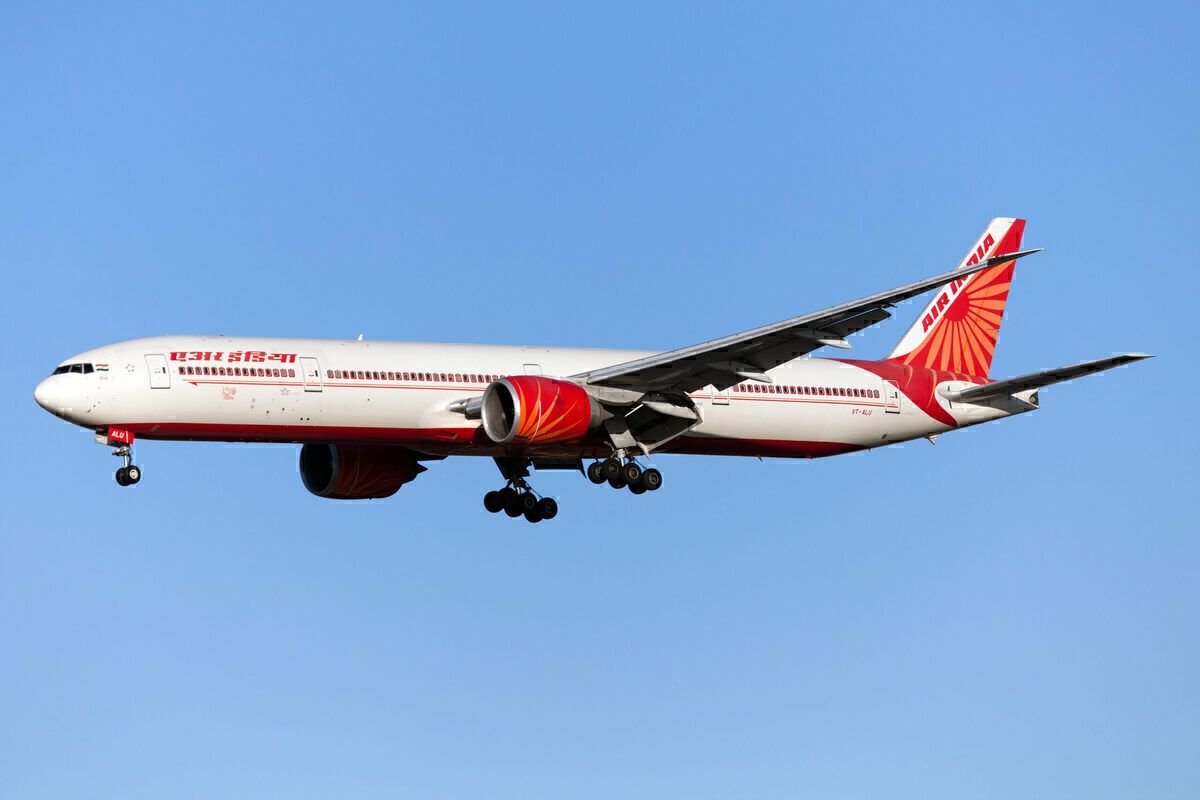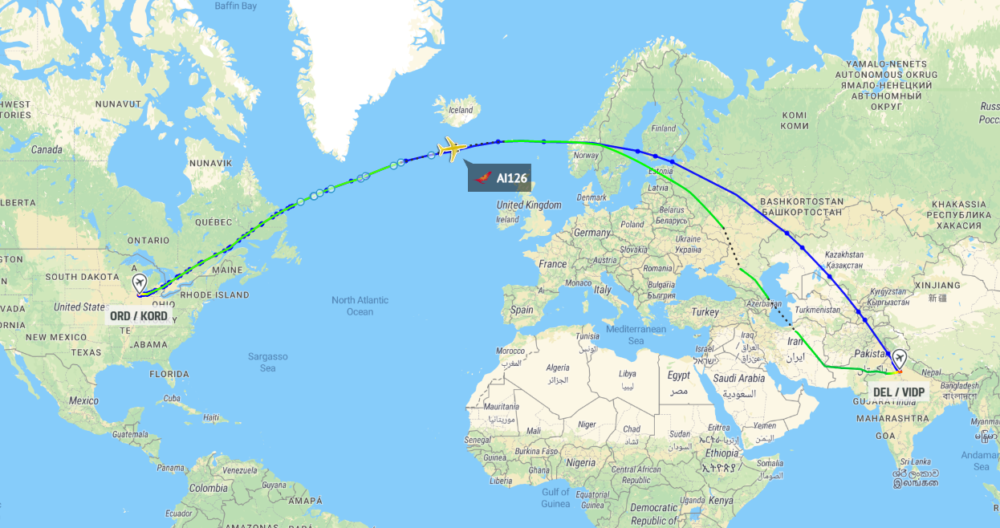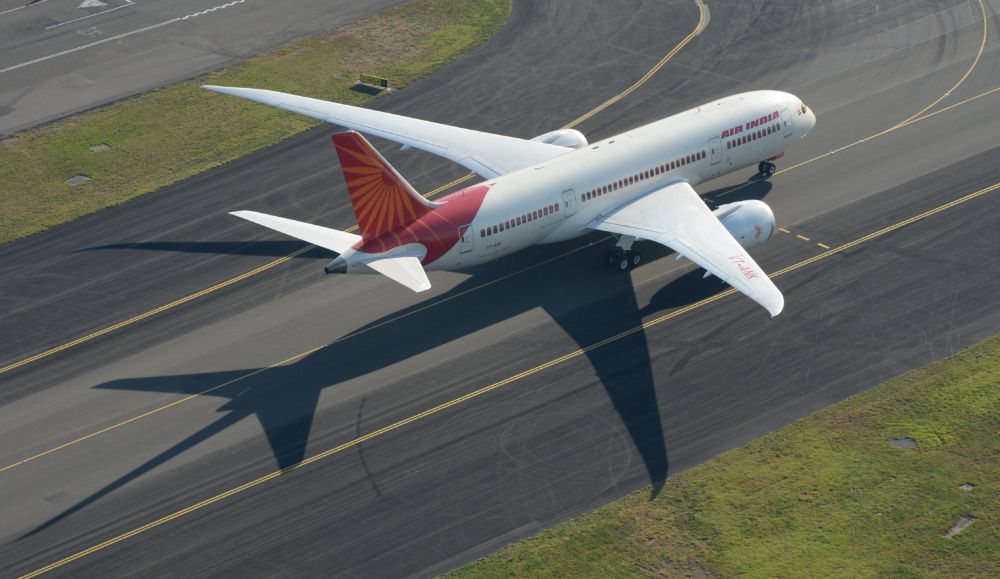Passengers scheduled to fly Air India to and from North America can expect their flights to be up to an hour shorter, thanks to the carrier's newly approved Hindu Kush route for its 777s. Ever since Afghanistan closed its airspace for non-defense aircraft in August, airlines connecting India with Europe and North America have had to take a detour avoiding restricted airspace. The new route helps Air India save tonnes of fuel and time – a win-win situation for both the carrier and passengers.
Heading north
Air India's flights to North America are some of the most popular and longest in its network. Fully loaded flights to destinations such as New York, Toronto, San Francisco, and Vancouver from India can often approach the 777's maximum range. As such, meticulous planning is of prime importance for these routes.
Before the Afghan closure, a typical west-bound flight from New Delhi flew through Pakistan and Afghanistan before heading north towards Turkmenistan/Uzbekistan. After August 16th, the same flights took a longer route flying via south Pakistan, avoiding the Afghan border before entering Iran-Turkey.
As reported by the Times of India, since December 16th, Air India flights have started heading straight north over the Hindu Kush range before resuming their usual route to North America. A DEL-JFK flight that earlier lasted for more than 16.5 hours can now be completed in less than 16 hours. The new route is also easy on the carrier's pockets saving around 7 tonnes of fuel one way.
While Air India has only now approved this route for its North American bound planes, a quick scan of flight tracking apps reveals that American and Canadian carriers on the same routes have already been flying over the Hindu Kush range.
Pakistani and Afghan airspace crucial for flights to India
It's abundantly clear how important Pakistani and Afghan airspace is for carriers flying between India and the west. Any political unrest which leads to airspace closure of these two countries severely impacts airlines' operations.
In 2019, when escalating tensions between India and Pakistan led to the closure of Pakistani airspace, several airlines either had to restrategize their routes or suspend flights altogether. United Airlines decided to wait for airspace to reopen before resuming its Newark flights to Delhi and Mumbai.
Stay informed: Sign up for our daily and weekly aviation news digests.
Not the first choice
As time and fuel-saving the Hindu Kush route may be, it's still not the first choice for carriers. Air India had already started deploying its 787s over the mountain range for its flights to London back in October, but it took some time to allow its 777s to take the same route to North America. The pilot of Air India's December 16 flight from Toronto to New Delhi described it as a "very critical and challenging sector."
TOI quotes a senior AI official on the matter as saying,
“The logistics of B777 and B787 are very different. A fully laden B787 (with passengers, cargo, and fuel) can have a maximum altitude of 35,000 feet. But a 777, due to factors like its different wing design and the fact that more fuel has to be carried for the much longer North America nonstops, can have a maximum altitude of 29,000 feet.”
These stats become particularly important, knowing that some peaks in the Hindu Kush range can be as high as 25,000 feet. For the same reason, and many more, airlines also avoid the Himalayan range.
Air India has stated that it will go back to its previous route once the Afghan airspace reopens, and other carriers are likely to do the same.
Are you scheduled to fly between India and North America anytime soon? What are your thoughts on the Hindu Kush route? Do share your comments below.




